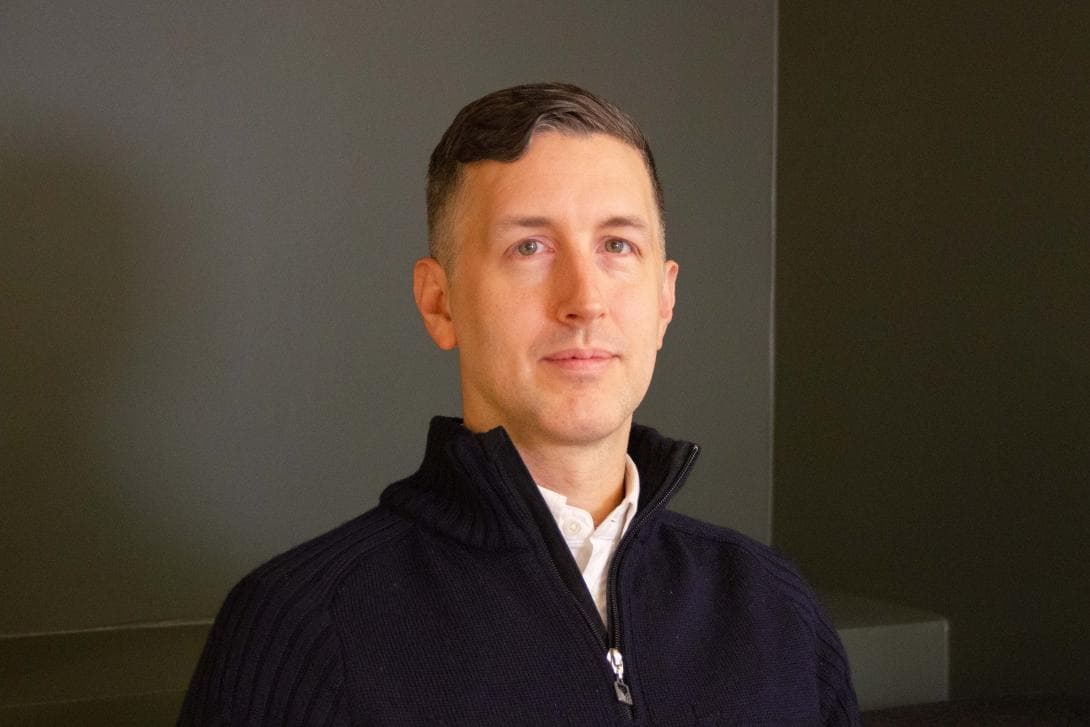
Spotlight: Thomas Surowiec
Published:
Recently Thomas Surowiec, Chief Research Scientist in the Numerical Analysis and Scientific Computing Department at Simula was interviewed. His research specialisations are in Mathematical Optimization, Partial Differential Equations, & Applied Mathematics. The following is the full researcher profile and includes Thomas’s background, current contributions to his research field, his perspective about the current challenges of this field and more.
How did you become interested in your field?
I have always been interested in using abstraction as a means of understanding and solving complex problems. It is what draws me to mathematics. Mathematical optimization is very special in that you need a dizzying amount of tools to approach modern applications. I was unaware of the depth and breadth of mathematics needed for solving problems in applied mathematics, when I began my studies.
A former mentor, Darinka Dentcheva, introduced me to stochastic optimization, which changed my view of things. This area requires knowledge of topics from analysis, numerical methods, probability, statistics, and computational science. Currently, I do basic research in applied mathematics at Simula, where I enjoy academic freedom without the administrative and teaching responsibilities that come with traditional academic roles.
Can you make your work more understandable to a general audience?
A significant part of my work involves something called partial differential equations (PDEs).
Nearly all of what you see around you can be described by the solutions of what mathematicians call differential equations. This could be the way your room heats up in the morning, the shape of the snow drifts outside your door, or how water rushes over stones in a brook. Partial differential equations are a mathematical formalism derived from observing how various quantities vary in time and space with respect to each other. Optimal control is an area of mathematics where you try and find the best way to influence a system you believe is described by a particular (partial) differential equation.
What are your current research projects?
I usually work on several projects at any given time. I have been mostly interested in optimization under uncertainty where the decision space is influenced by the solutions of a random partial differential equation. There are interesting mathematics involved & I believe we have made significant progress in terms of theory, algorithmic development, and the application of these methodologies to challenging engineering problems.
Since starting at Simula my main focus has been on a new class of nonlinear mixed finite elements we're calling the “Proximal Galerkin Method”, which I have developed together with my colleague Brendan Keith at Brown University. (Scientific paper) This method combines several ideas from convex analysis with traditional Galerkin finite elements to provide a new way of developing structure-preserving numerical methods.
What are the key challenges in your field, and why are they significant?
I would say that the hardest problems I know of are a type of mathematical model known as a “quasi-variational inequality”.
In some respects, these models are the most natural way to understand many different types of phenomena including thermal forming used throughout manufacturing, but also, frictional contact problems, some models of superconductors, and even multi-agent systems, where agents compete over a shared finite resource.
Despite their relevance, most of the algorithms available to solve these problems are based on observations going back to the 1970s and are slow and unconvincing for practitioners. Finding faster, more accurate, scalable algorithms for quasi-variational inequalities could be very helpful to people in the engineering community.
What are some goals in your research?
It is important to keep in mind that mathematics is at its core basic research. So whereas we do not expect a single project to fundamentally change an industry in a short period, we do hope to provide basic enabling technologies to make this possible.
My primary aim is to equip fellow researchers with tools for real-world problem-solving, be it through developing new methodologies or enhancing existing ones. While acknowledging the gradual pace of academic progress, I believe in laying the foundation for transformative technologies that could reshape industries in the long run.
Any advice for aspiring scientists entering the field of ICT research?
See what is going on in the world in your research area as a whole, and simultaneously look for the area you can specialise in. This can be challenging.
Be a generalist early on to grasp the broader landscape, but at the same time, cultivate a focused research program. Aim to become an expert in a specific area while maintaining versatility. Strive to be known as the go-to person for X, with the ability to contribute to Y and Z if needed. Curiosity, collaboration, and a commitment to impactful contributions will shape a successful career in ICT research.
—
Thanks to Thomas Surowiec for contributing to this researcher profile. At Simula, we take pride in our people, with over 150 scientific researchers, fostering a collaborative and innovative environment for science research.